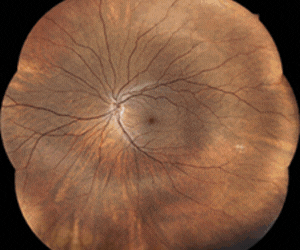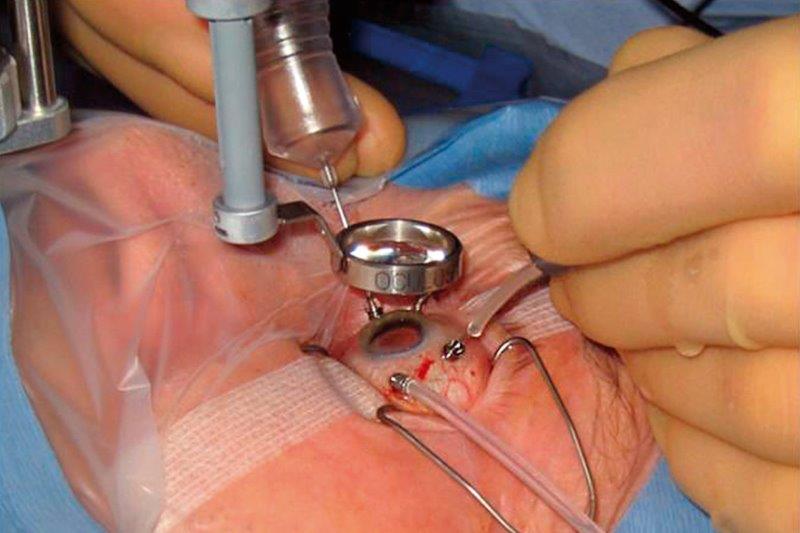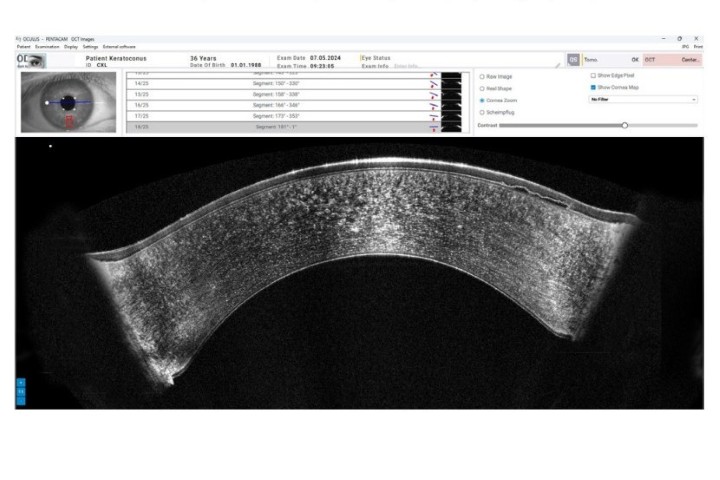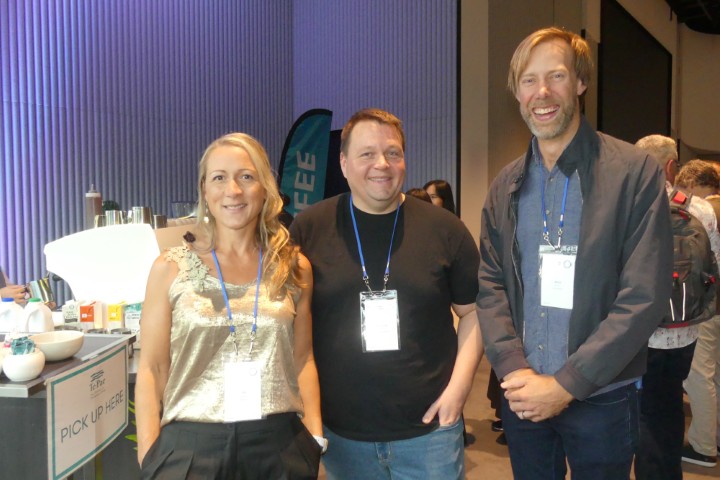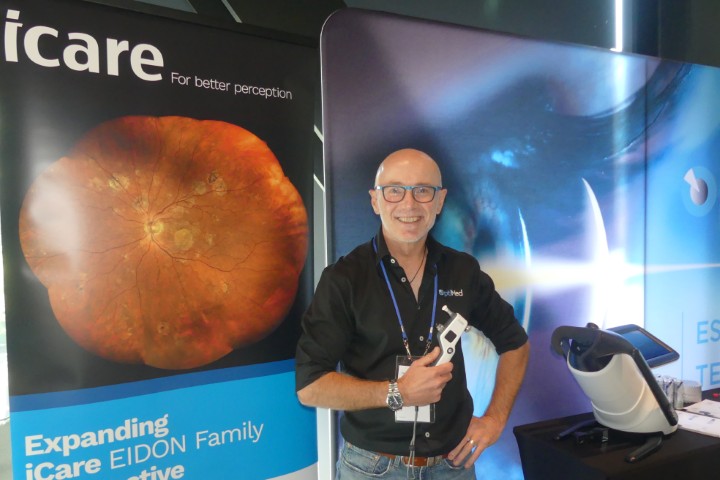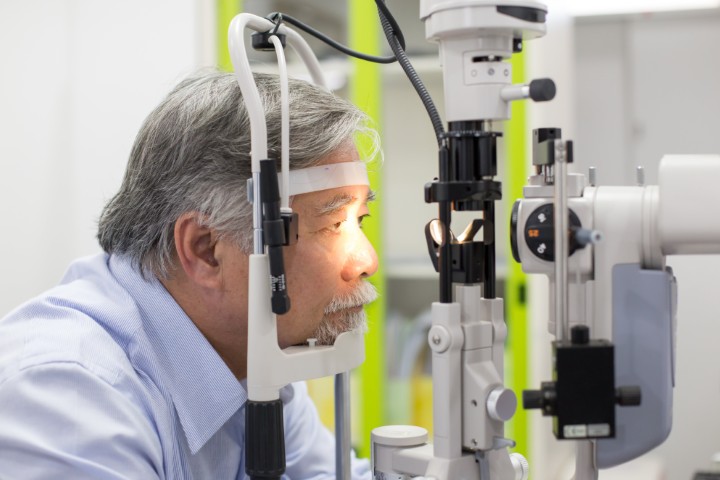Vitrectomy’s ocular surface impact
Retinal surgery, especially when combined with phacoemulsification and C3F8 or SiO2 tamponade, significantly affects ocular surface integrity and corneal sub-basal nerve plexus (SNP) density, with changes lasting up to a year, reported Chinese researchers.
Writing in Clinical Ophthalmology, the research team from Fudan and Shanghai Jiao Tong universities described studying patients undergoing 23-gauge pars plana vitrectomy for various vitreoretinal disorders. They collected data for dry eye syndrome (DED) severity plus Ocular Surface Disease Index (OSDI) scores before surgery and at postoperative intervals, with in vivo confocal microscopy used to quantify SNP and dendritic cell (DC) densities.
SNP parameters, particularly nerve fibre density and length, showed significant declines one month post-surgery, which did not recover to baseline levels within a year, they said. OSDI scores rose from a baseline of 5.5±3.5 to 12.24±6.5 at one month, later reducing to 7.8±4.0 after a year. DED severity also increased from 0.6±0.6 to 1.6 ± 0.6 at three months, returning to near baseline one year post-surgery. DC densities increased notably by the third (58.85±75.6 cells/mm²) and ninth (59.95±86 cells/mm²) postoperative months, most frequently in patients undergoing combined phacoemulsification, vitrectomy, and C3F8 gas tamponade.






